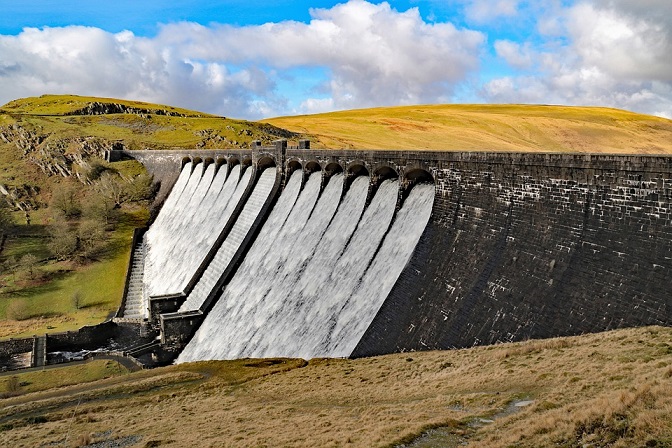There are many countries and regions in the world that are uncertain about the future of water for its citizens and all life that lives, but in 2021, South Africa may be topping the list too. Although Cape Town and the Western Cape managed to recover from its drought in the past two years, there is a call for businesses to take the challenge of preserving water.
At this moment, there is increased recognition of partnerships between the government, private sector, communities, and NGOs where reliable access to the safe drinking water needs to be protected. Water resources have specifically been affected by climate change, which is why not only residents must look at more ways to save water, but also businesses to adopt water stewardship, which will go beyond water efficiency practices to lead collective action to the current and future water crisis in nature.
This comes with the country expected to reach water scarcity by the year 2025, which has accelerated with a 17% gap from water supply and demand by the year, 2030. This statistic is based on the country’s current water usage and the need for new solutions that need to be created to help the country keep up.
Businesses are required to focus on improving water efficiency, particularly in manufacturing processes and in supply chains, which is important for protecting this valuable resource.
What Is Being Done to Improve Water Scarcity?
As it stands, some organizations are stepping in to make a difference, with The Coca-Cola Foundation (TCCF) and Replenish Africa Initiative working with many NGOs with the purpose to replenish water back into nature in key watersheds, specifically to clear alien invasive plants that consume millions of liters of water annually, which results in water shortages, along with the permanent loss of water systems that are already stressed.
Rain is currently, also working with organizations like World-Wide Fund for Nature South Africa (WWF-SA), The Nature Conservancy, Endangered Wildlife Trust, and Living Lands to clear 3,400 hectares in South Africa’s priority catchment areas. This will aid in replenishing an estimated 15 billion liters of water in its natural location in the next decade. This will also create 389 employment opportunities for women in the country.






